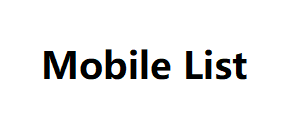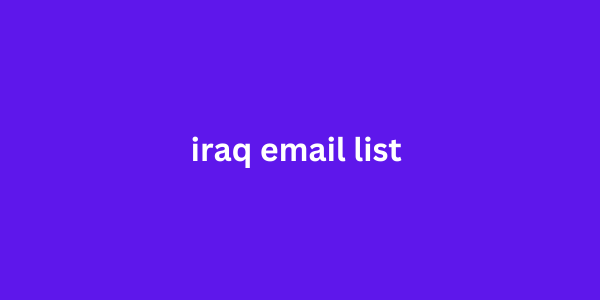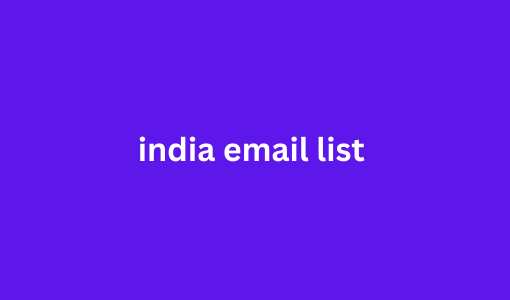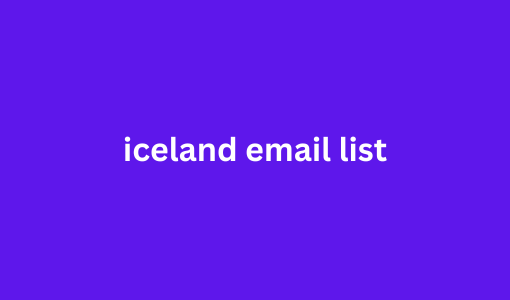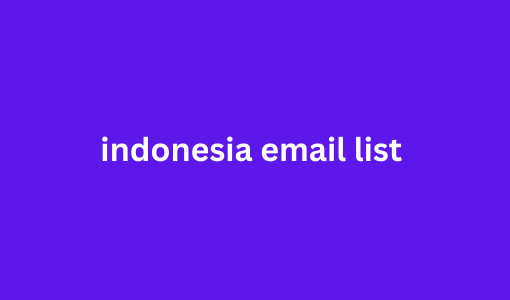Before you hit the send button, think about the timing, relevance, and frequency of your emails. Why? Because if you don’t, you risk overwhelming your users and causing them to develop “email fatigue.”
If your subscribers are unhappy with your emails, they will most likely stop engaging with them, and you definitely don’t want that to happen.
So, don’t let your subscribers fall into this situation as it will also harm your marketing campaigns. To help you, we will discuss the main causes of “email fatigue” and the actions you can take to combat it.
– What is “email fatigue”?
– What causes “email fatigue”?
– How does “email fatigue” affect your email marketing campaigns?
– How to avoid “email fatigue”?
– Reactivation marketing campaigns: Overcoming “email fatigue” and retaining consumers
What is “email fatigue”?
Email fatigue is a state where subscribers become overwhelmed by too many emails and stop engaging with your emails. If you continue to send them emails, they may get annoyed, which can lead to lower engagement and higher unsubscribe rates.
What are the causes of email fatigue?
There are two main causes of email fatigue:
#1 Send emails frequently
Your subscribers probably receive emails iraq email list from a variety of brands. If you email them too frequently, they’ll likely get annoyed. In fact, Hubspot reports that 51% of respondents said they unsubscribed because of too frequent emails.
#2 Irrelevant and Impersonal Email Content
Customers expect personalized and Manage Email Fatigue. If you send irrelevant emails, then it will prompt them to click the unsubscribe or spam button.
Before you proceed, you must be aware of the consequences you may face due to email fatigue.
How does email fatigue affect your email campaigns?
Email fatigue can have the following direct effects on your email marketing metrics:
#1 Decline in engagement
One consequence of a higher email frequency is that subscribers will stop engaging with your emails. They’ll ignore your emails or delete them without even opening them. As a result, you’ll see lower engagement and click-through rates.
Another action users will take is to opt-out of your emails, increasing your unsubscribe rate. According to Hubspot’s 2020 Marketing Report, 17% of participants will unsubscribe if an email seems spammy or overly promotional, and 9% will unsubscribe if the content is no longer valuable.
#3 Increase in spam complaints
If you continue to send more and more irrelevant emails, subscribers will not have a chance to mark your emails as spam. This will cause your spam complaints to increase, affecting the performance of your email campaigns.
#4 Reduced visibility for all subscribers
Higher unsubscribes and spam complaints can affect your sender reputation and deliverability. Mailbox providers will start looking at your emails more diligently, filtering or blocking incoming messages. As a result, the likelihood of your emails making it to the primary inbox will decrease. Emails will have less exposure across your entire email list, even for engaged users.
Now that we’ve discussed the consequences, let’s talk about ways to combat email fatigue and retain your subscribers.
How to avoid email fatigue
The most important and fundamental thing is to collect the right data using ESP analytics. Only then can you analyze your users’ behavior and take the right measures to deal with email fatigue. Once you have the right data, use it to do the following:
#1 Clean up your email list
The health of your email list will determine the success or failure of your email marketing, so it is crucial to let subscribers opt out at the right time. The first 16 telegram channels every marketer should know step you can take is to clean up your email list. How? You can implement a sunset strategy and add inactive users to a suppression list. With a sunset strategy, you can define criteria to suppress unengaged users. Doing so will help ensure that you don’t send emails to such users.
#2 Segment your email list
Another step is to segment your email list. You can create segments using the following criteria:
– Past interactions and activity with your brand and emails.
– Demographics, such as age, gender, occupation, etc.
– Geographic information, such as country, area code, etc.
– Lifestyle choices, such as habits, interests, etc.
Segmentation will help you determine ways to personalize your emails for a better user experience.
#3 Use personalization to engage users
A personalized subject line, a personalized message inside the subject line may compel the user to open the email because it speaks directly to him. The subject line is only one part of email personalization.
You can personalize different aspects of your emails — headlines, images, CTAs, etc. In fact, if a brand fails to provide a personalized experience, 45% of consumers say they might take their business elsewhere.
Therefore, a personalized email experience can keep users engaged and become loyal customers.
#4 Use automated triggered emails
Automation will be your ally to keep your users happy by sending them content when they are expecting it. You can set up automated journeys to trigger emails when users perform specific actions. It will help you prevent sending unnecessary emails by tracking the user’s behavior and sending emails based on their actions.
#5 Develop an effective email cadence strategy
You must develop an effective email cadence strategy to ensure that the frequency, content, and timing of your emails are optimal for user preferences. To find the right time to send emails, you need to test different times and frequencies. Then, analyze your findings adb directory and stick with the one that works in your favor and creates value for recipients.
#6 Allow users to manage their preferences
According to MarketingSherpa, 49% of people prefer to receive emails and choose the frequency themselves. Therefore, you can set up a preference center to let users select their preferences such as frequency, manage email Fatigue, etc. It will then help you send only the most relevant emails when they want to receive them.
Re-engagement Campaigns: Overcome Email Fatigue and Retain Your Subscribers
One of the best ways to combat email fatigue is to utilize re-engagement campaigns to reignite the spark among your subscribers. Here is a list of ways to re-engage your subscribers:
#1 Engage users by asking for their feedback
This is a great and simple thing to do. Ask users for their feedback and reasons for not participating to make them feel special and valuable.
You can use AMP emails to send interactive surveys and polls to solicit their feedback. AMP emails help reduce friction and allow users to complete actions using their inbox.
#2 Attract users with promotional offers
Everyone loves a good deal, so offering your subscribers an offer might help them take action and connect with your brand again. When you send an email like this, it’s crucial to write a subject line that tells users that this email contains a coupon code.
#3 Send product updates
Announcing improvements to your product/service can help reignite user engagement.
#4 Use a “Long time no see” email
Reminding users of their last visit can help you reconnect with your brand if you can pinpoint the exact date of their last visit.
in conclusion
If you don’t take action to combat email fatigue, it could harm your email campaigns. With the right data and direction, you can develop strategies to help you combat this fatigue and retain your valuable subscribers.
